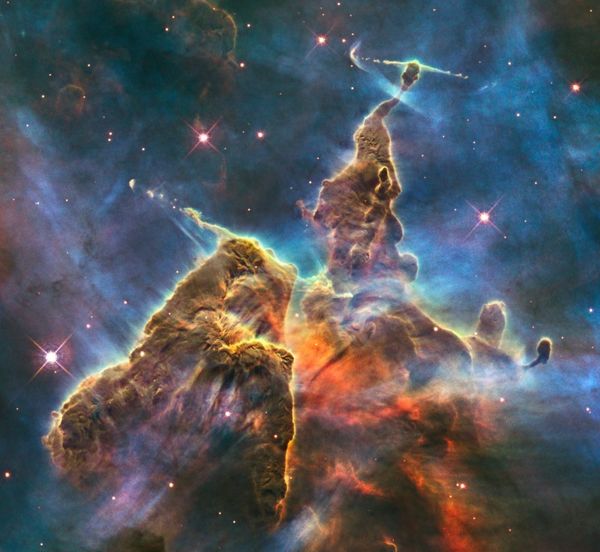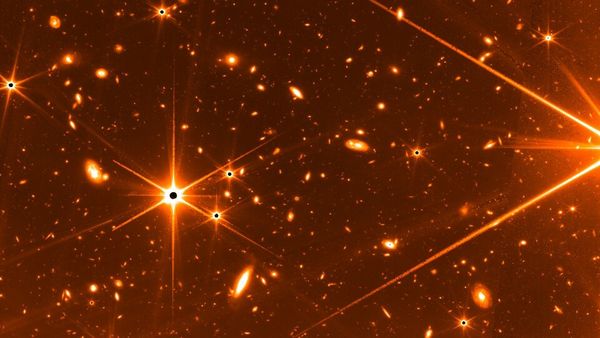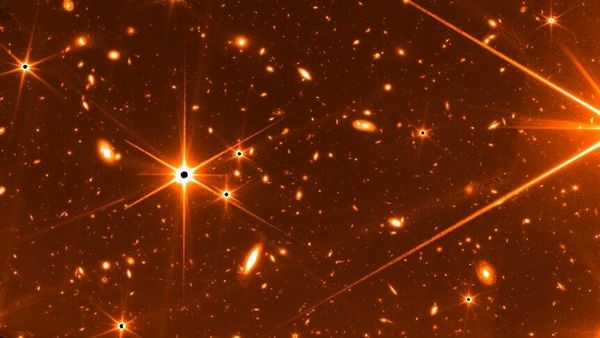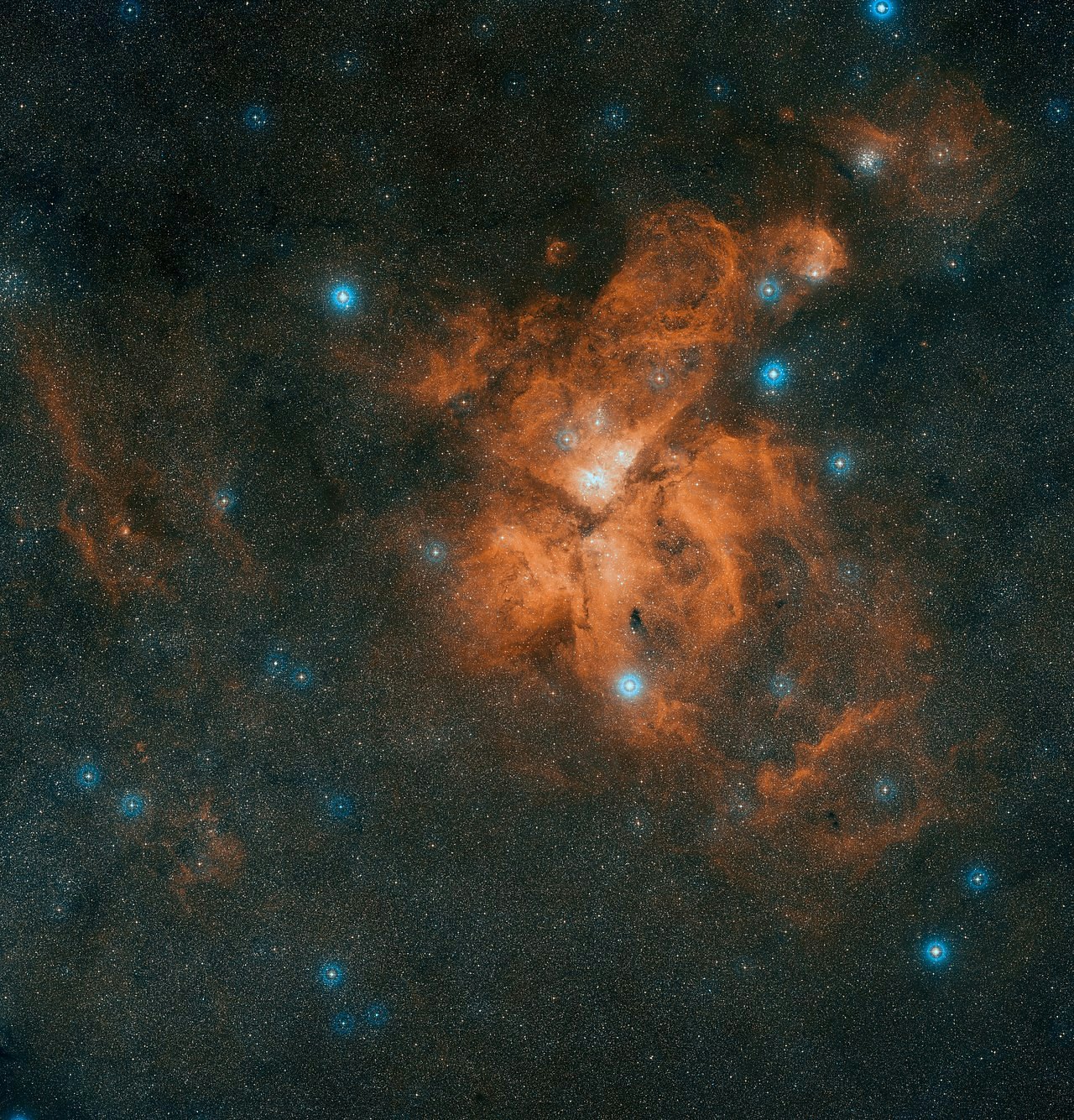
In less than a week, the world will get unprecedented views of some iconic cosmic objects. The James Webb Space Telescope is made possible thanks to three space agencies, and on Friday, one of them — the European Space Agency — announced which objects are first in the spotlight.
Space enthusiasts have long-anticipated Webb’s debut pictures since the spacecraft launched towards its current perch about 1 million miles from Earth on December 25, 2021. After months of unfurling, checks, tests, and configurations, the exciting “first light” images are days away from stunning the world. NASA and the European Space Agency are excited to announce the telescope’s inaugural targets.
The pictures will reveal these celestial bodies like never before.
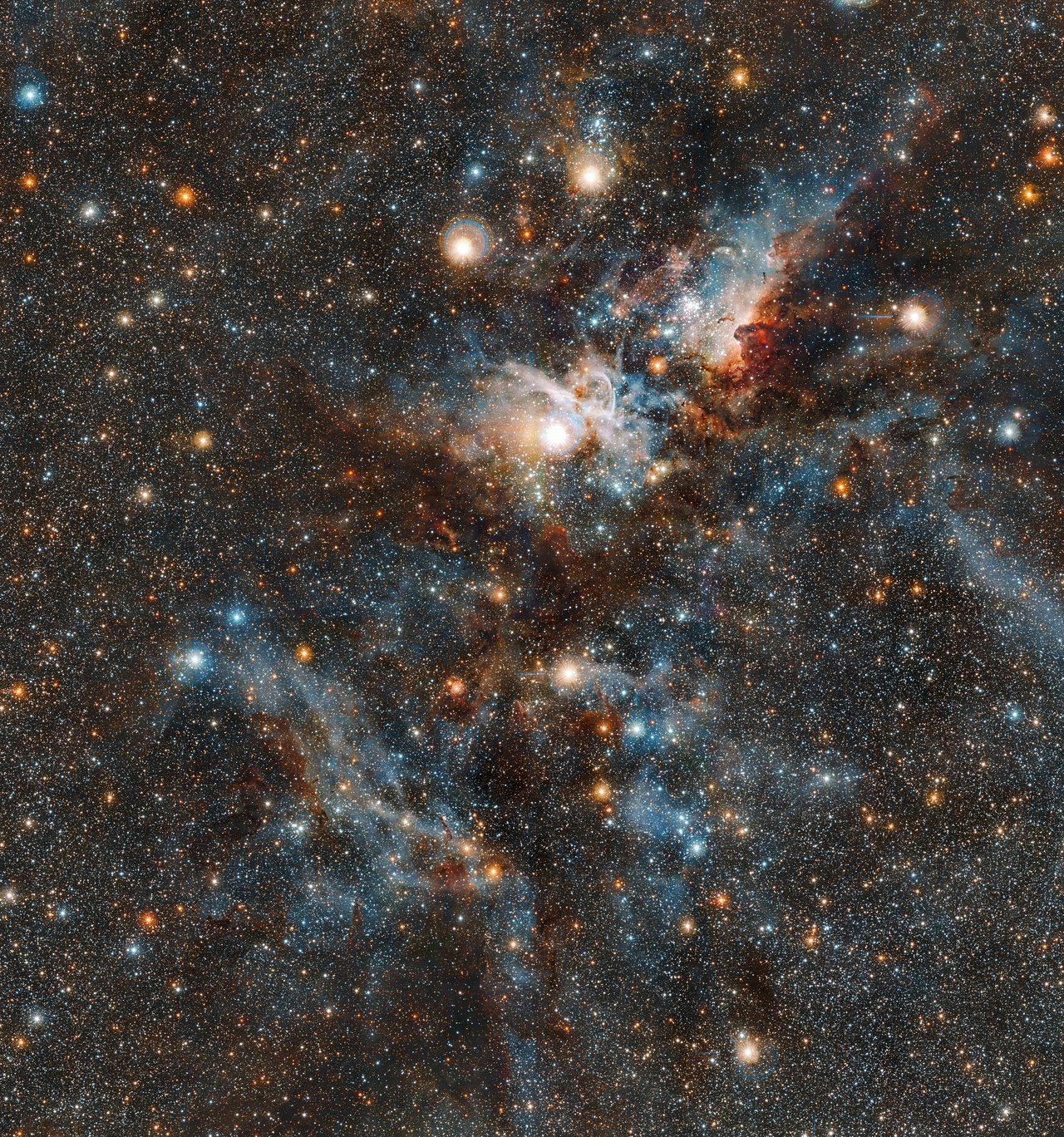
5. Carina Nebula — This is among the largest star-forming regions known to exist in the Milky Way, shining with an intense stellar glow a short 7,500 light-years away. Its proximity and brightness are good signs that Webb’s unmatched view of Carina Nebula will be spectacular.
4. WASP-96 b — This year the world’s exoplanet scientists hit an impressive milestone, with the tally of known alien worlds officially surpassing 5,000. WASP-96 b is a “hot Jupiter,” and this one, in particular, is roughly half the mass of the Solar System giant. Discovered in 2014, WASP-96 b orbits very close to its parent star, taking less than three-and-a-half days to circle it once. This alien world is located 1,150 light-years from Earth.
3. Southern Ring Nebula — “A glowing pool of light,” according to a description from the European Space Agency. This peculiar nebula is shaped like a ring, not the chaotic entanglement of the Carina Nebula. A dying star sits in the center of a ring-shaped cloud of gas. The Southern Ring Nebula is located about 2,000 light-years from Earth.
2. Stephan’s Quintet — Want to view a galaxy? Here are five. Stephen’s Quintet is a special patch of sky filled with three distorted galaxies that are interacting with one another to produce dynamic regions of stellar formation. A barred spiral galaxy and a “normal” looking elliptical one complete the group.
1. SMACS 0723 — Webb will peer deep into space using this region, which has enough gravity to warp the light of more-distant galaxies behind it. Prepare to view the edges of the universe like never before with the telescope’s new view of this fascinating region.






